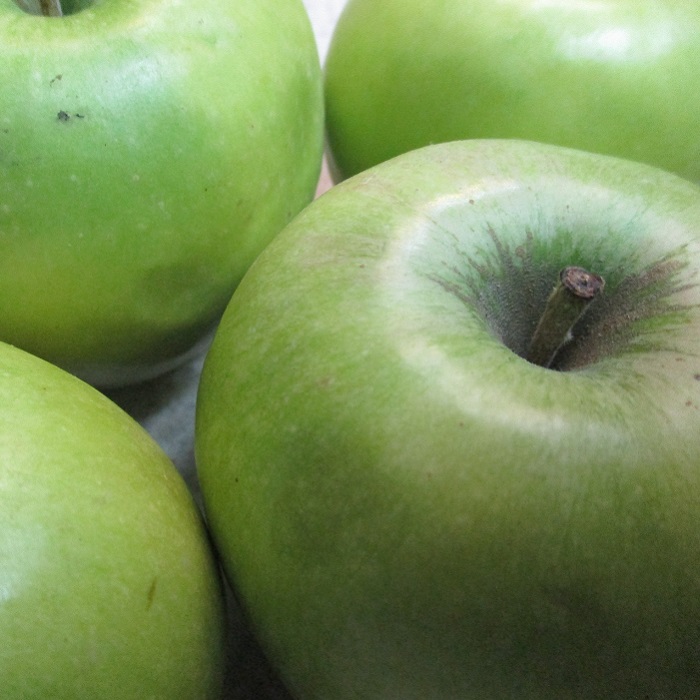UNITED STATES—The vast orchards of the Sacramento and San Joaquin Valleys might make the impression that production of fruit is easy. The trees naturally bloom in spring, and develop fruit over summer, as if they do most of the work prior to harvest. In reality, those trees have been so extensively bred to maximize production that they need, among other maintenance, very specialized pruning in winter.
Without pruning, deciduous fruit trees produce more fruit than they can support. The weight of the fruit breaks and disfigures limbs. Excessive fruit production exhausts resources so that, although more fruit is produced, it is of inferior quality. Diseases and insects proliferate in crowded stem growth that lacks vigor. Unharvested fruit that is beyond reach in upper growth may attract rodents.
Well pruned deciduous fruit trees produce fruit of much better quality, and are able to support it on well structured limbs that are reasonably within reach. They are less susceptible to diseases and insects. Such pruning seems severe to those who are unfamiliar with it, but it is necessary, and the trees appreciate it. Because it is so severe, it is done while trees are dormant through winter.
Different types of fruit trees need distinct types of pruning. Furthermore, different cultivars of each type may need different degrees of the same type of pruning. All should get the ‘four Ds,’ which are ‘dead, dying, damaged and diseased’ growth, pruned out of them. Because figs produce early and late crops, they can be pruned less for more early figs, or more severely for more late figs.
Most of the deciduous fruit trees are either stone fruits or pomme fruits. The stone fruits include apricot, plum, prune, nectarine, peach and cherry, which are all of the genus of Prunus. Pomme fruits are apple, pear and quince. Because the winter pruning of deciduous fruit trees is so specialized and so intensive, it is worth studying, preferably before planting the fruit trees that require it.
Highlight: apple
Some of us who enjoy gardening may not like to admit how useful the internet can be. There is a lot of bad information out there. There is also some degree of good information. It is impossible to fit much information about apples into just a few brief paragraphs. Therefore, the internet is likely the best source of information about the countless cultivars and specie within the genus of Malus.
The most popular apple trees produce the familiar crisp and sweet fruit that ripens anytime between late summer and late autumn, depending on cultivar. The fruit is quite variable. Some cultivars are best for eating fresh. Others are best for cooking or juicing. Some are very sweet, while other are quite tart. Each fruit is about the size of a baseball, but can be much bigger or much smaller. Crabapples are very small. Flowering crabapples make only tiny fruits that are eaten by birds.
The trees are quite variable too. Semi-dwarf trees can be pruned to stay low enough so that all of the fruit is within reach from the ground. Standard trees that grow in orchards can get as big as shade trees. All fruiting apple trees need specialized pruning each winter so that they do not become overgrown and disfigured, and to control disease. All apples bloom sometime in early spring.
Horticulturist Tony Tomeo can be contacted at tonytomeo.com.






